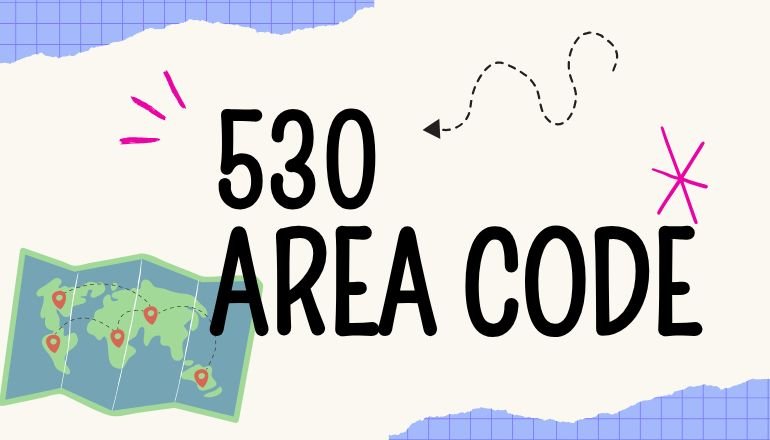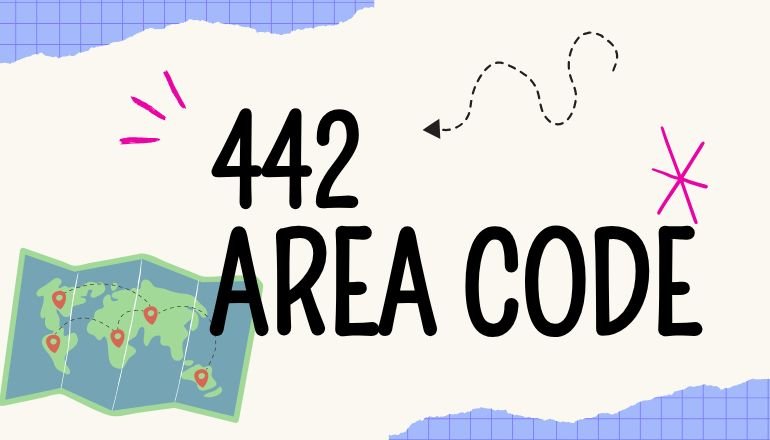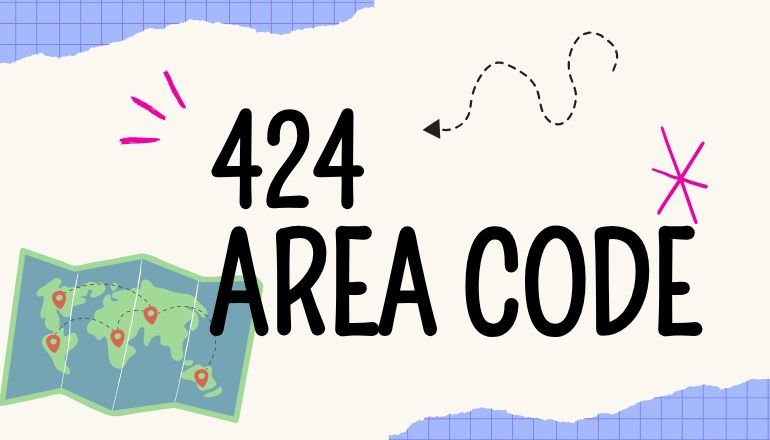In a world where communication transcends borders, understanding the intricacies of country codes, area codes, ISO codes, and international calling is paramount. Whether you’re a seasoned globetrotter, a business professional, or simply keeping in touch with loved ones abroad, having a firm grasp of these codes ensures seamless communication across the globe.
Let us be your guide as we delve into the nuances of international communication and provide you with the knowledge to connect effortlessly wherever you may roam.
Understanding Country Codes
Country codes, also known as international dialing codes or dialing prefixes, are numerical prefixes used when dialing a phone number from one country to another. Each country is assigned a unique country code, typically consisting of one to three digits.
For instance, the country code for the United States is +1, while the code for the United Kingdom is +44. These codes precede the national telephone number when placing an international call, facilitating the routing of the call to the correct destination country.
Navigating Area Codes
Area codes, also referred to as national destination codes or city codes, further refine the dialing process within a specific country. While country codes identify the destination country, area codes pinpoint a particular region within that country. In countries with a large landmass or dense population, area codes help direct calls to the intended city or locality.
For example, in the United States, area code 212 corresponds to Manhattan in New York City, while area code 310 covers the western part of Los Angeles County in California. By including the appropriate area code along with the country code, callers ensure their calls reach the desired destination with precision.
Demystifying ISO Codes
ISO codes, governed by the International Organization for Standardization (ISO), serve a broader purpose beyond telecommunications. These alphanumeric codes, part of the ISO 3166 standard, uniquely identify countries and their subdivisions for various applications, including international shipping, currency codes, and internet domain extensions.
The ISO 3166-1 alpha-2 code, consisting of two letters, represents countries and territories (e.g., US for the United States, GB for the United Kingdom). Meanwhile, the ISO 3166-1 alpha-3 code, comprised of three letters, provides a more concise identification (e.g., USA for the United States, GBR for the United Kingdom). Understanding ISO codes is invaluable not only for telecommunications but also for a myriad of global interactions across diverse industries.
Mastering International Calling
International calling encompasses the amalgamation of country codes, area codes, and dialing procedures to establish communication beyond national borders. Whether utilizing landlines, mobile phones, or Voice over Internet Protocol (VoIP) services, international callers must adhere to established conventions to ensure successful connections.
By familiarizing oneself with the relevant country and area codes and adopting the appropriate dialing format (including international access codes and trunk prefixes), individuals can overcome geographical barriers and engage in seamless conversations worldwide. Furthermore, leveraging modern technologies such as international calling apps and internet-based communication platforms enhances convenience and affordability for global connectivity.
Our Commitment to Connectivity
At whichcountrycode, we recognize the significance of effective communication in today’s interconnected world. That’s why we’re dedicated to providing comprehensive resources and services to facilitate seamless international communication for individuals and businesses alike.
Whether you’re seeking guidance on country codes, area codes, ISO codes, or international calling practices, our platform serves as your go-to destination for clarity and convenience. With our user-friendly tools and expert insights, connecting with friends, family, and colleagues across the globe has never been easier. Join us as we empower you to navigate the complexities of international communication with confidence and ease.







